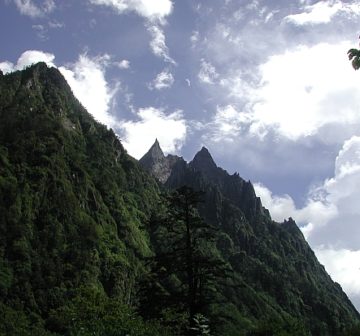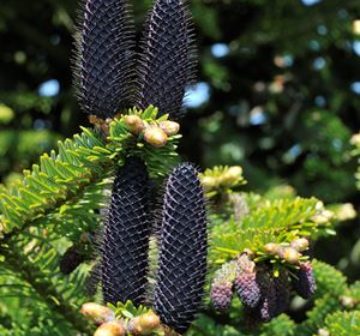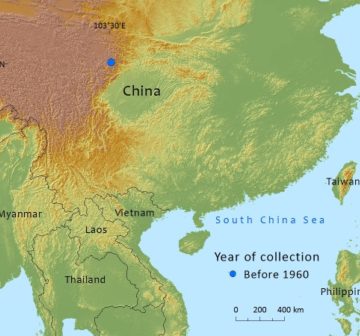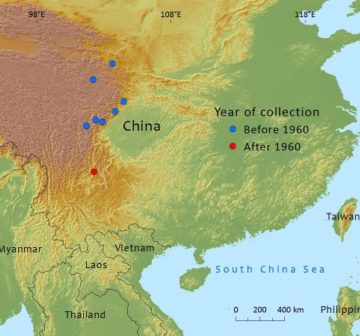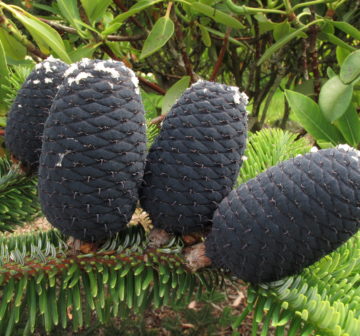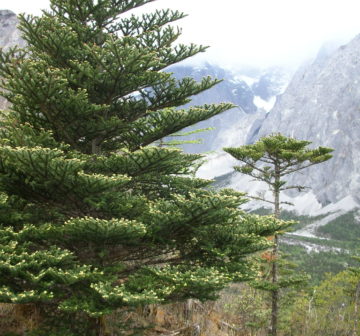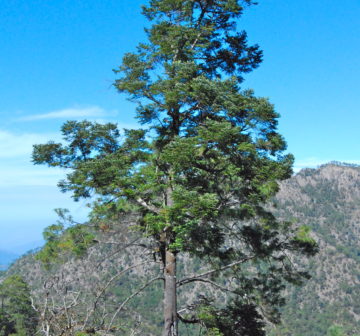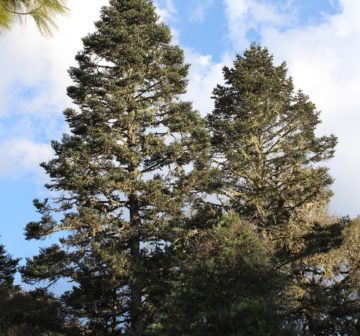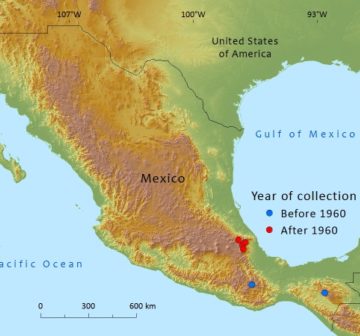Categories · Threats
Direct exploitation
Direct exploitation occurs through general logging (deforestation), selective logging or the use of forest non-timber products (FNTP۪s). General logging is the biggest threat to conifer species whereby forest habitats are often replaced by plantations, settlements or agricultural land.
Selective logging involves the removal of individual tree species for their valuable timber, for charcoal production or fire wood. This practise is often considered to be a sustainable alternative to clear-cutting however, for every tree removed 30 more will become severely damaged because the practise of selective logging is inherently destructive. Conifers play an important role in the production of non-timber products, one example is the use of the foliage and bark of Taxus species for the production of the anti-cancer drug taxol. Although over-exploitation can lead to local extinction, the sustainable commercial and domestic use have the potential of increased incentives for forest conservation.
There are 257 taxa in the category – Direct exploitation:
Page 1 of 26 pages · next page >
Download full list of taxa in this category as CSV
Page 1 of 26 pages · next page >
